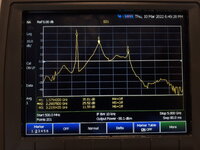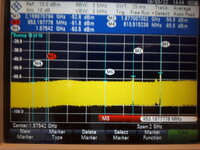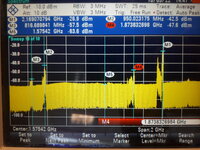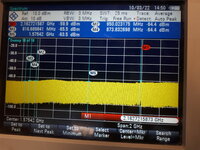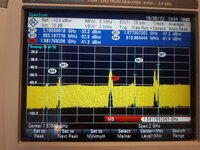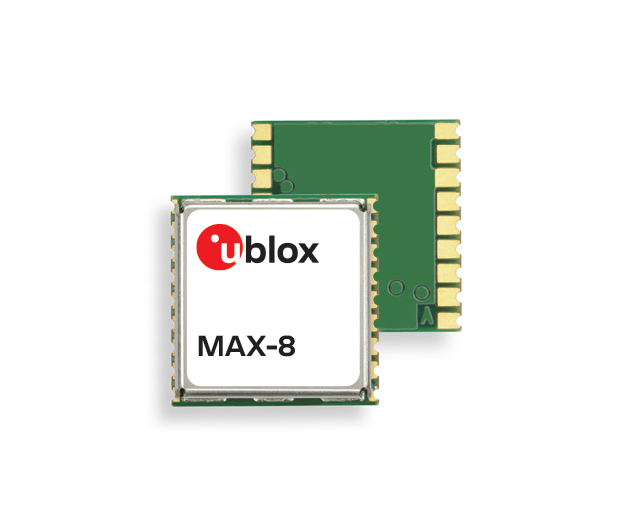Ahmedalboshra
Junior Member level 1
I am designing a GPS L1(PWR=-160dBW) band Direct RF sampling receiver and the front-end:
(passive antenna + LNA(21dB) + BGA1(30dB) + jumper + BPF(L1(fc=1575.42MHz,BW=15MHZ) + BGA2 (30dB) + BGA3(30dB) + VGA(-13.5 to +18 Gain Control in 0.5 dB Steps) ).
all amplifiers are supplied with a +5 V power with decoupling capacitors and a test point after each component to view the signal.
The problems of the printed circuit:
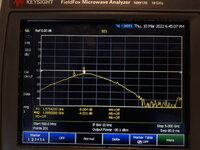
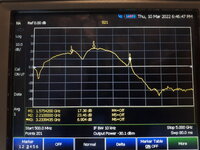
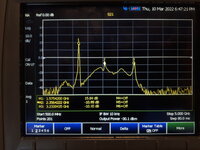
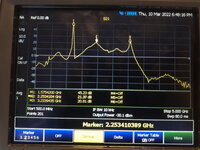
any suggestions on the matter would really be helpful.
(passive antenna + LNA(21dB) + BGA1(30dB) + jumper + BPF(L1(fc=1575.42MHz,BW=15MHZ) + BGA2 (30dB) + BGA3(30dB) + VGA(-13.5 to +18 Gain Control in 0.5 dB Steps) ).
all amplifiers are supplied with a +5 V power with decoupling capacitors and a test point after each component to view the signal.
The problems of the printed circuit:
- noise peaks through the RF line that gets amplified even though we have no input signal after each amplifier seen through the test points (+5V power is ON), no noise when +5V is OFF even when there is an input noise.
- The BPF filters the noise peaks generated by BGA1, but the Nosie peaks still get regenerated by BGA2 .
- One issue is that each amplifier amplifies with different GAIN values even though they are the same BGA, also I am sure I did not reach 1dB compression point(10dB).
- Port2= test point after LNA:

- Port2= test point after BGA1:

- Port2= test point after BPF:

- Port2= test point after BGA2:

any suggestions on the matter would really be helpful.
Attachments
Last edited by a moderator:
